In spite of its lower energy density, Nickel-Zinc has a substantially higher power density than Lithium-ion. In terms of safety and familiarity, conventional lead-acid batteries outperform both competitor technologies.
Nickel-zinc batteries are among the most adaptable when it comes to operating temperatures. Because they could safely function at high temperatures and with a reasonable amount of electricity, due to their superior safety, temperature resistance, and operating flexibility, lithium-ion batteries now even outperform traditional lead-acid batteries.
To put it another way, Nickel-zinc is less expensive to install and maintain than Lithium-ion. In contrast to Li-ion, you have to ship the cabinet and install the battery separately, which adds to the installation labor expenses. Additionally, there are no constraints on how you may ship them.
Why Choose Ni-Zn Batteries?
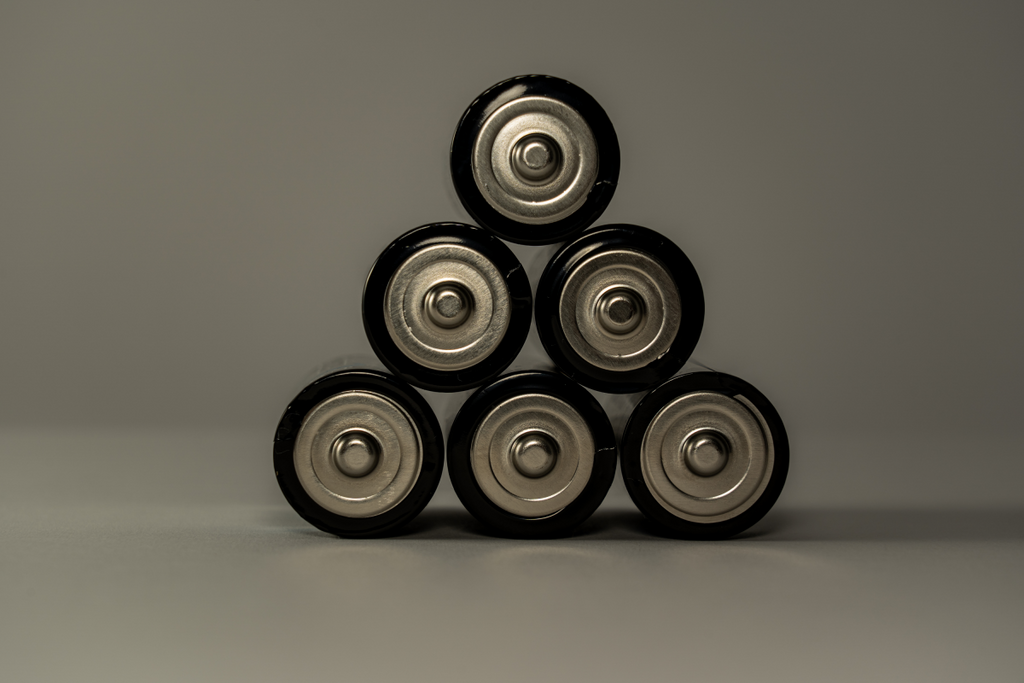
There are numerous advantages to purchasing a rechargeable Ni-Zn battery, including the following:
The Best Alkaline Battery Replacement
Compared to an alkaline battery, the voltage of a Nickel-Zinc battery is higher. This is a significant difference between alkaline and rechargeable batteries. Alkaline batteries can supply 1.5V, whereas rechargeable Ni-Zn batteries can deliver 1.85V when fully charged. A Nickel-Zinc battery will last much longer than an alkaline battery because an alkaline battery will wear out after a few days.
Longer Time Cycle
The life expectancy of nickel-zinc batteries is longer. The cycle life of a rechargeable battery is the number of times it can be charged and discharged before it runs out of juice. Nickel-zinc batteries often last for up to 800 recharges.
Eco-Friendly
We don't realize how many batteries we consume and throw away in our daily lives, inflicting environmental impact. The Nickel-Zinc battery does not include mercury, lead, cadmium, or metal hydrides, making it an environmentally safe option. Batteries have naturally occurring nickel and zinc components that you can recycle without harming the environment.
Material Is Not Flammable
There is no flammable substance in these AA batteries. The polymeric separator in a nickel-zinc battery makes it safe to use with high voltage drain devices.
Cost-Effective
Zinc, one of the battery's constituent components, may be found in adequate quantities in the Earth's crust. As a result, the batteries are a low-cost alternative that can be recharged multiple times, extending their useful life.
6 Steps in Finding the Best NiZn Charger!
Before buying a battery charger, it's important to keep in mind a few things in order to avoid damaging your device's battery or the battery itself with inappropriate use.
Step1: Make sure that the battery charger can accept the voltage fed into it.
Battery chargers can be damaged if used with an input voltage higher than the charger can handle. Make careful to check the voltage before using battery chargers. Most nations utilize 110-230Vac as the universal worldwide voltage, and some chargers even use a wide input design to match the 85-265Vac voltage so that they may use them in all countries around the globe. Consumers in nations with unreliable power infrastructure and city grids can safely use charging devices thanks to its broad range of AC voltage input.
Step2: Confirm the Type of Battery
In most cases, battery chargers are unable to distinguish between a lead-acid battery, a LiNiCoMnO2 battery, a NiZn battery, and a lithium-ion battery. In order to ensure that the battery is properly charged, you must first know what type of battery is being used to supply power before selecting a charger. The charger's output voltage must also match the battery's voltage as a final precaution. The charging curve of a good charger can even be tailored to suit the needs of different battery types.
Step3: Determine the charger parameters like voltage and current and also the length of time needed to charge the battery
Batteries with a voltage of 1.85 V per cell or greater must be charged by chargers designed for NiZn batteries instead of the 1.4 V required for NiMH batteries. As optimum charging rates of C or C/2 are selected for NiZn technology, it is well suited for rapid recharge cycles.
There are conflicting reports on the maximum charge time, which varies between 2 1/2 hours and 3 hours. As recombination is not accounted for, surplus hydrogen will ultimately vent, reducing battery cycle life and continuous trickle charging is not suggested. When a NiZn battery is fully charged, a conventional charger for this type of battery does not continue to charge but instead shuts off.
Step4: Consider the battery charger’s ability to cool and charge the battery
The common cooling methods for battery chargers are natural cooling with no fans, air cooling,, and water cooling. Reduced failure risk from dust buildup on fans is possible with fan-less chargers, but how to let heat dissipate naturally without creating excessive heat and high temperatures is a design problem.
Air cooling chargers employ a fan to cool the device, with advantages such as a simple circuit and low maintenance costs. Chargers that use water cooling for cooling are more efficient and quieter than those that use fans. Consumers can select the best battery charger for their gadgets based on their specific needs.
Step5: Check the charger port
Check to see if the device has the correct charger port (connector). Make sure the DC jack on the device you intend to charge is compatible with the charger you intend to use before making your purchase. A few manufacturers of battery chargers can even handle the needs of several battery management systems and various types of DC connections.
Step6: Make sure it has a safe charging mode and protection
A good charger should have high charging efficiency, an optimized charging curve design, complete charging modes, and complete charging protection designs as these are the charger's most critical functions. A good charger should have all of these features.
Final Thoughts
Choosing the right battery charger for NiZn battery is not easy because you must consider many factors. You get the best EBL AA Ni-Zn Rechargeable Battery and Ni-Zn Battery Charger. The company has a wider range of NiZn batteries that will meet your device's needs. As mentioned above, it is important to choose an environmentally friendly battery that will not cost you that much. Just follow the steps above on finding the NiZn battery and battery charger, so you will end up buying the right one.
Check out the video review from YouTuber Albert Kim

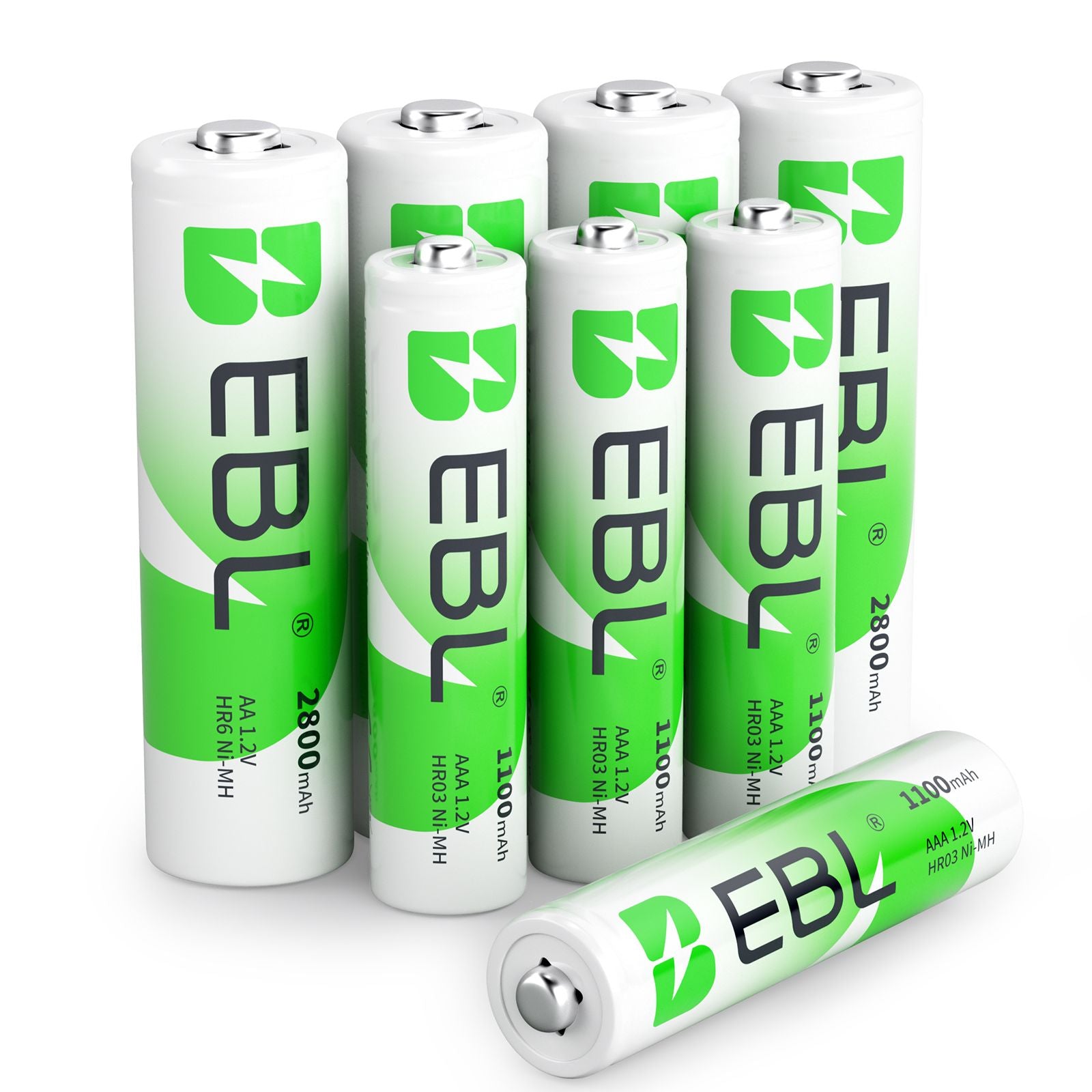
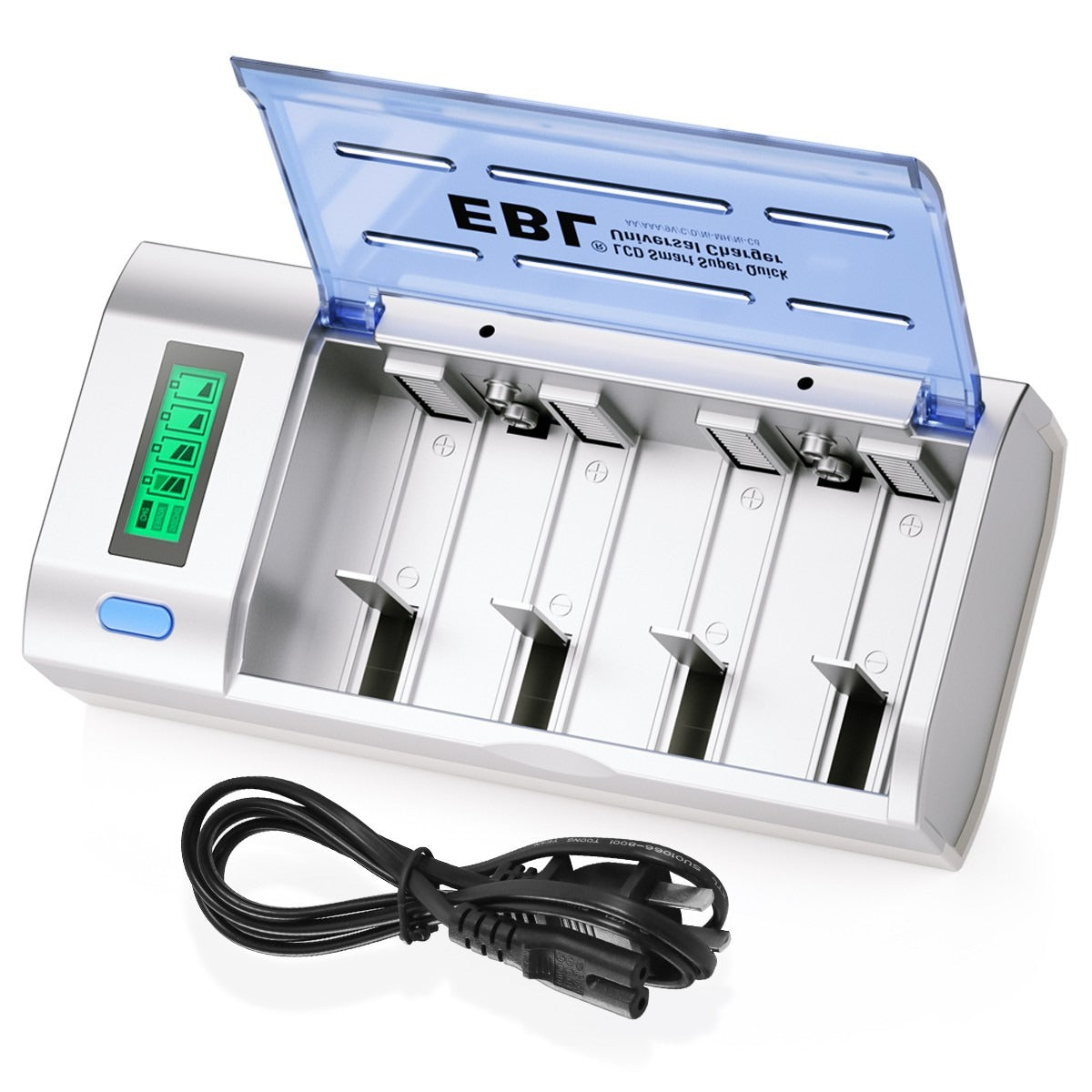
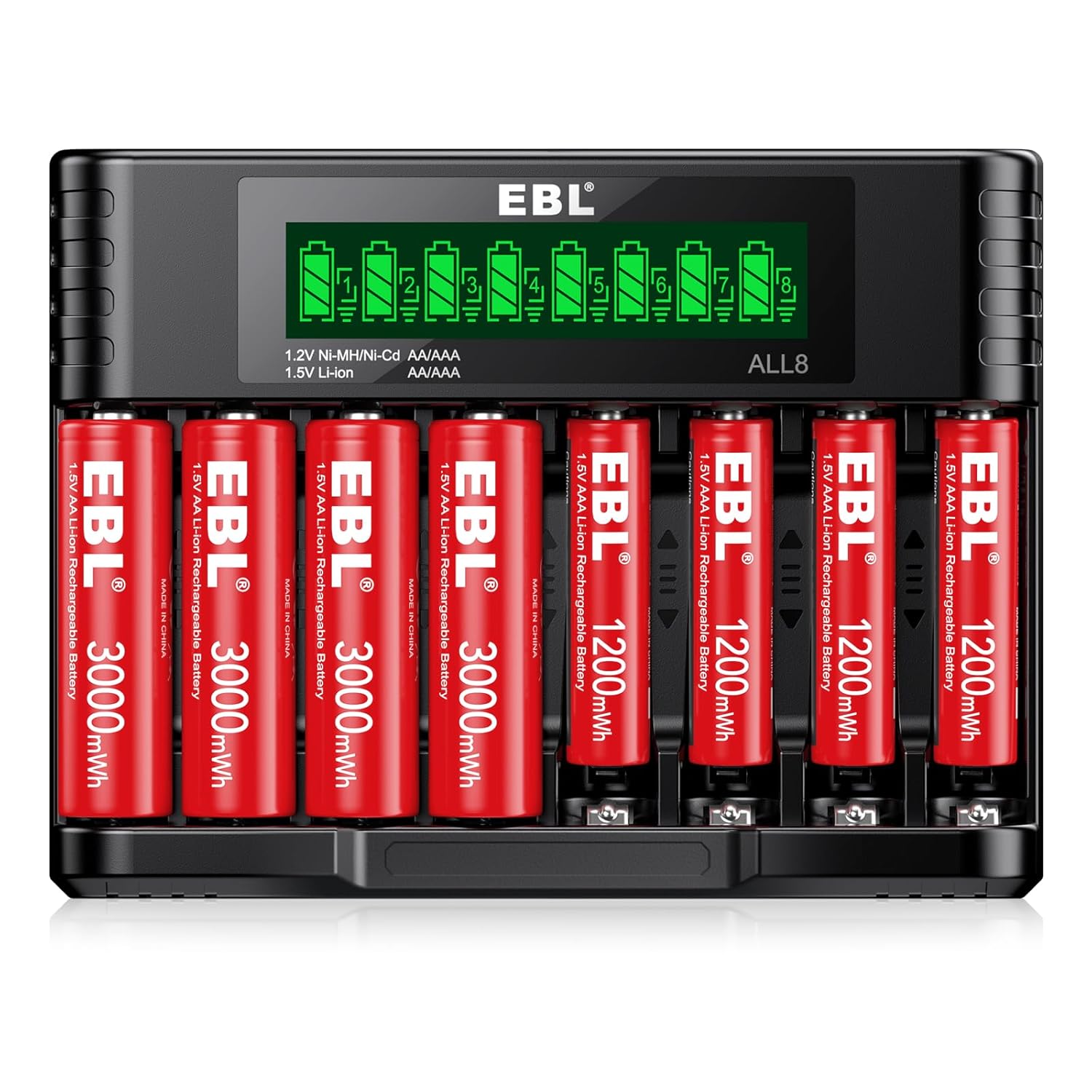
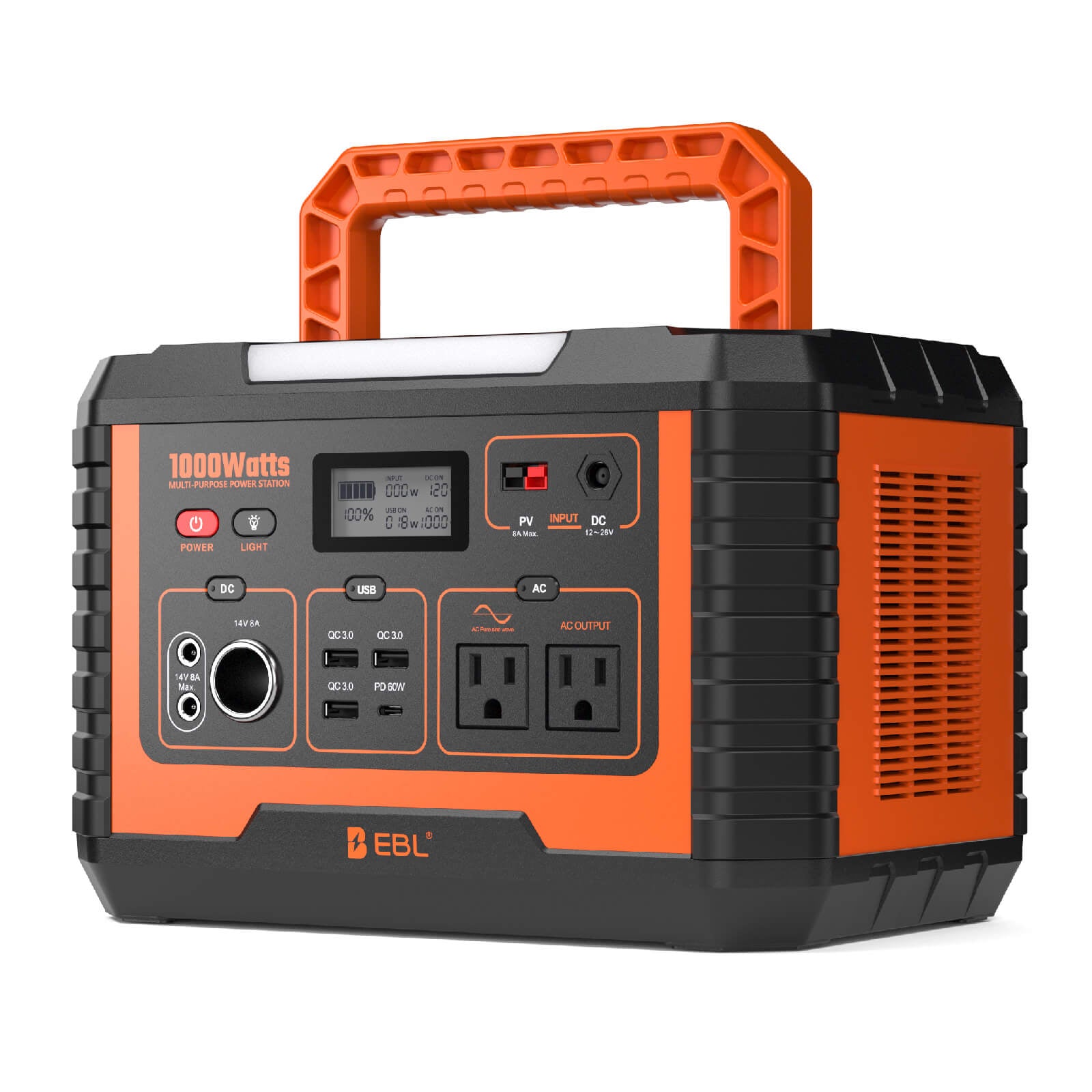
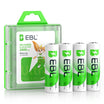
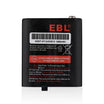
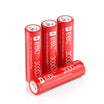
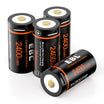
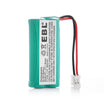
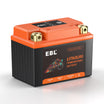
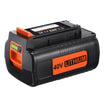
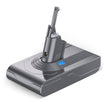
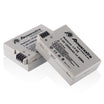
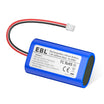
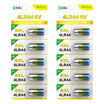
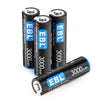
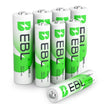
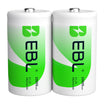
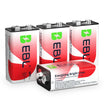
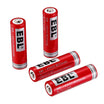
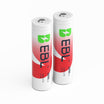
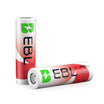
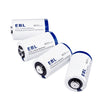
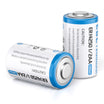
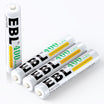
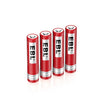
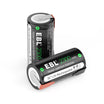
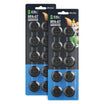
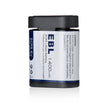
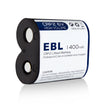
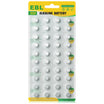
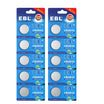
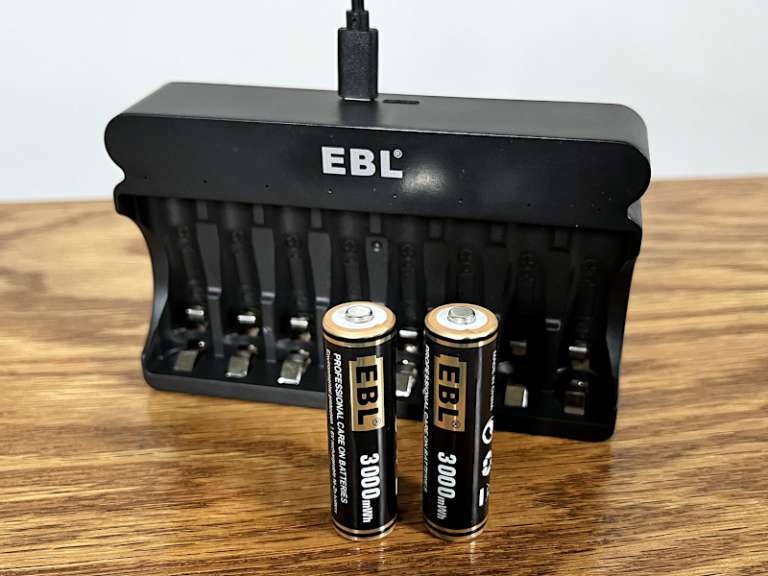
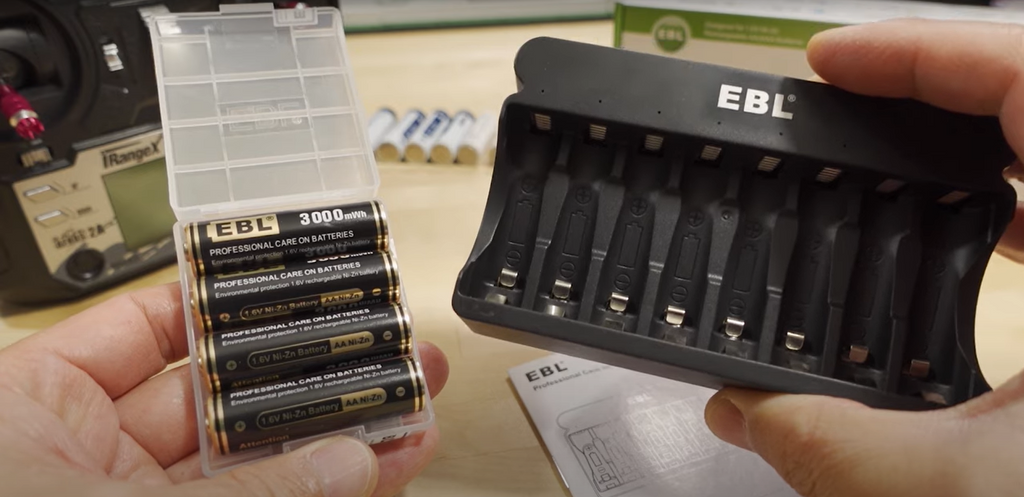
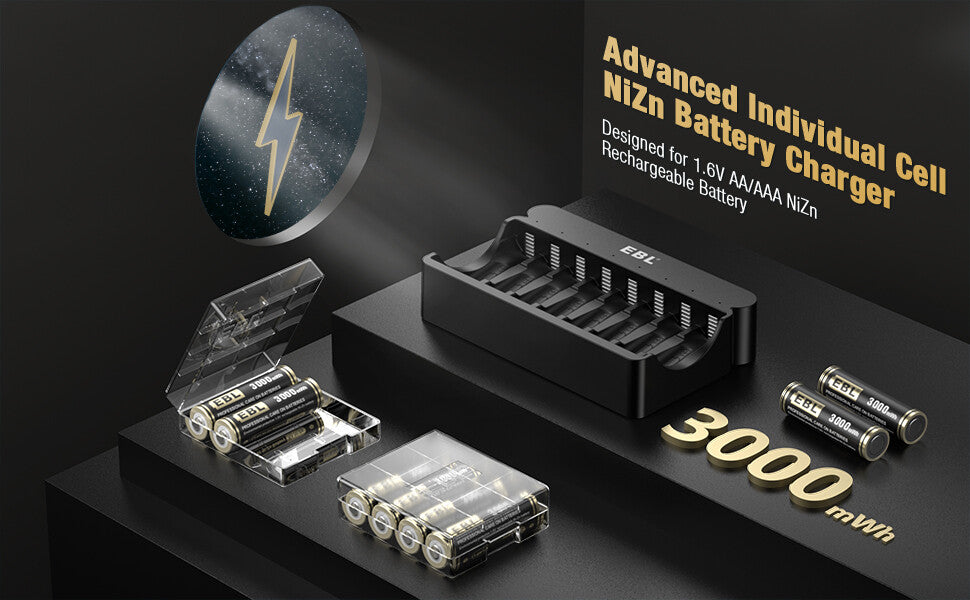
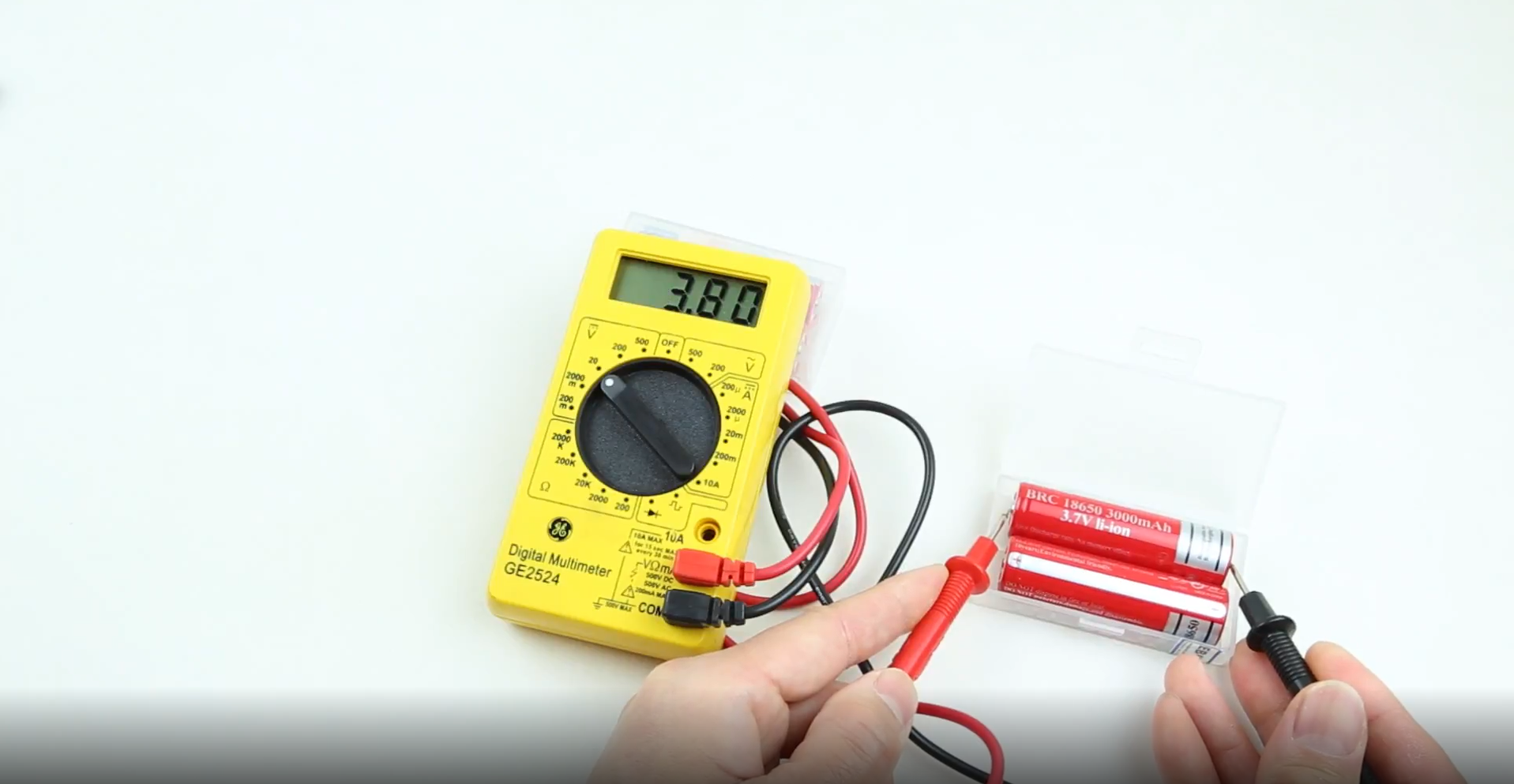
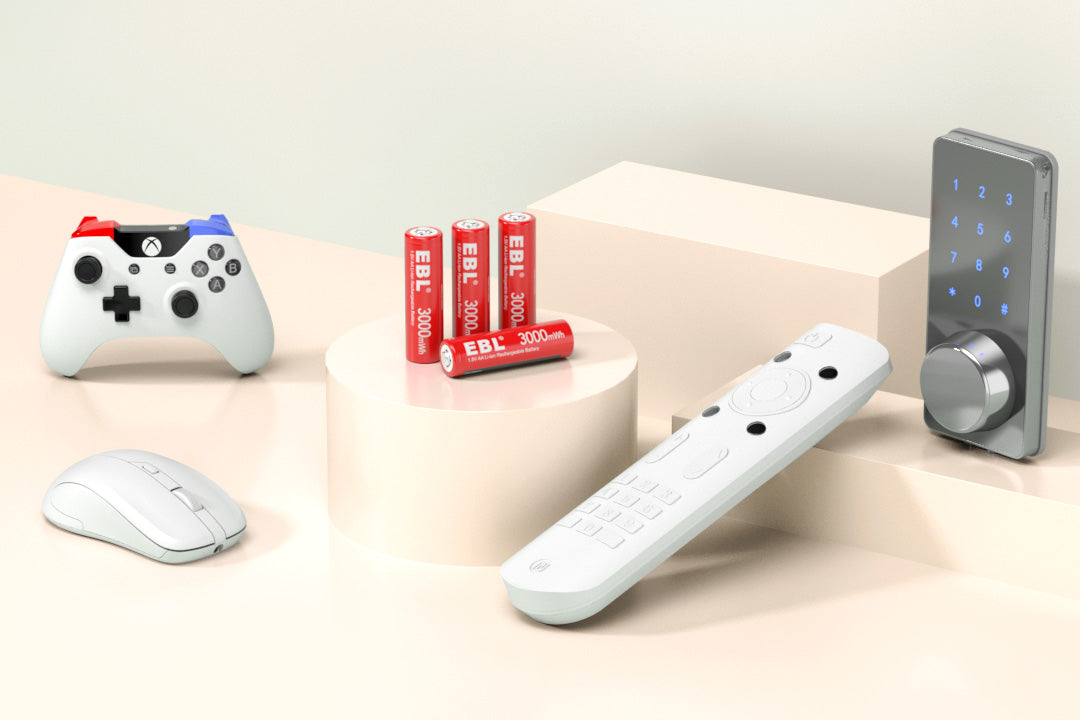
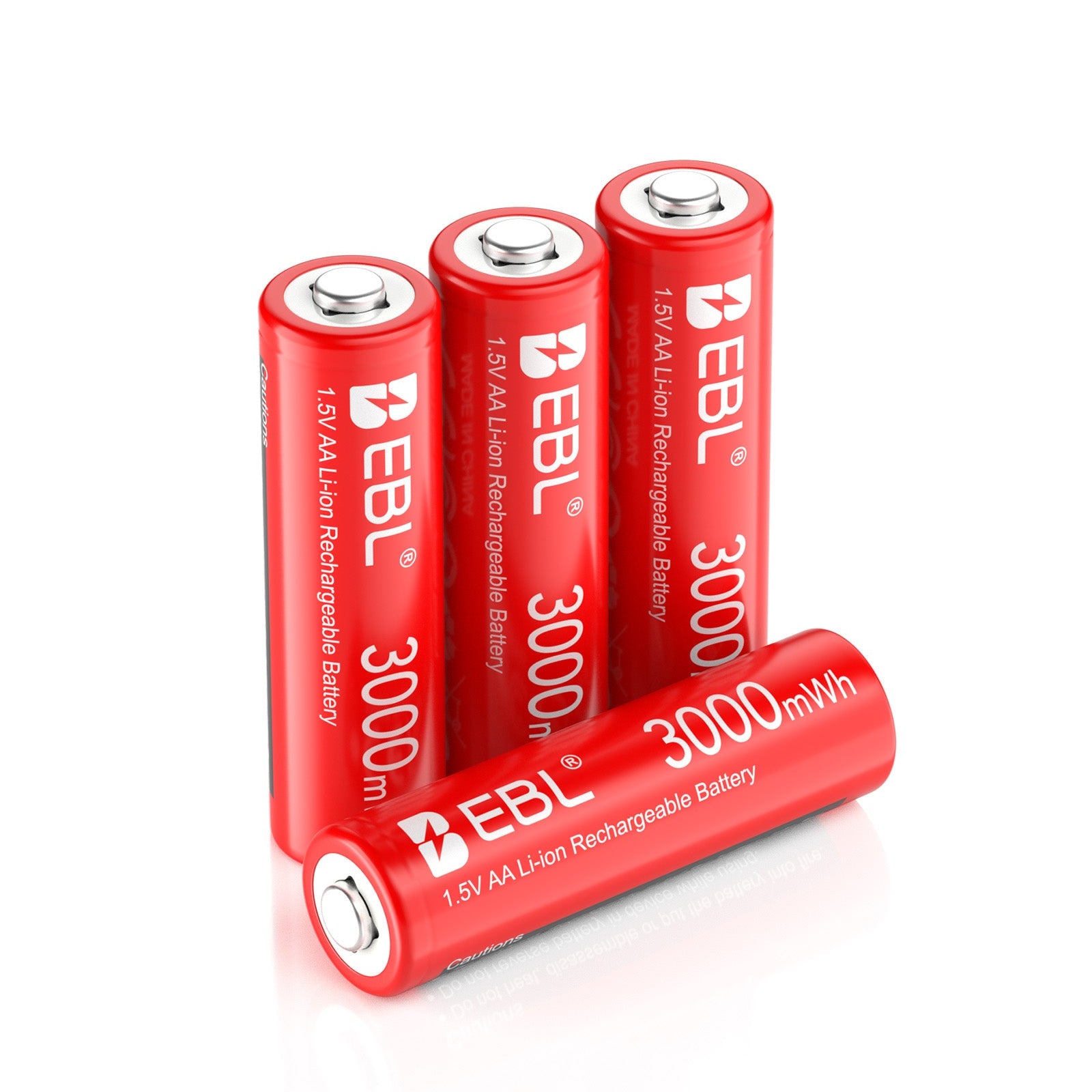
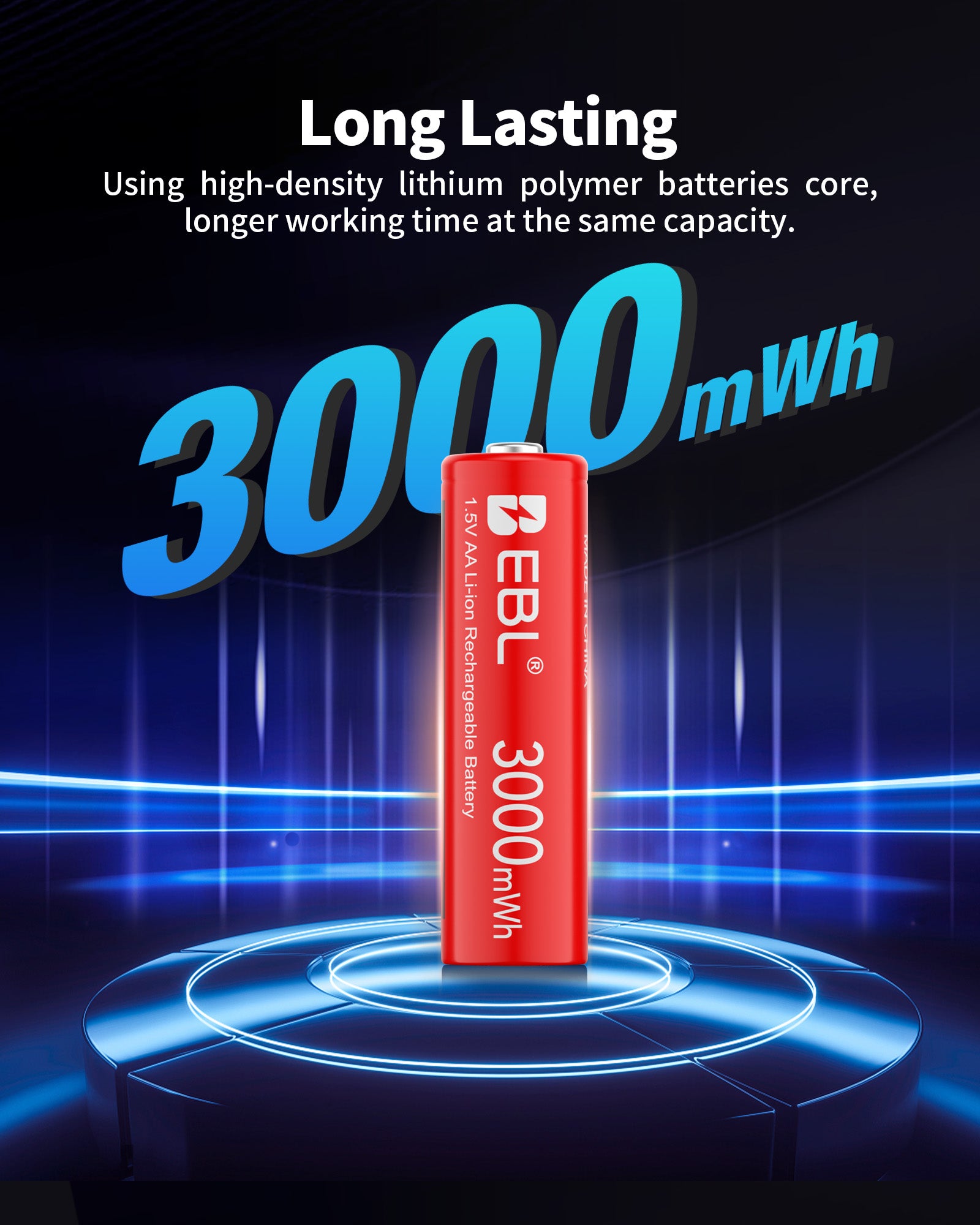
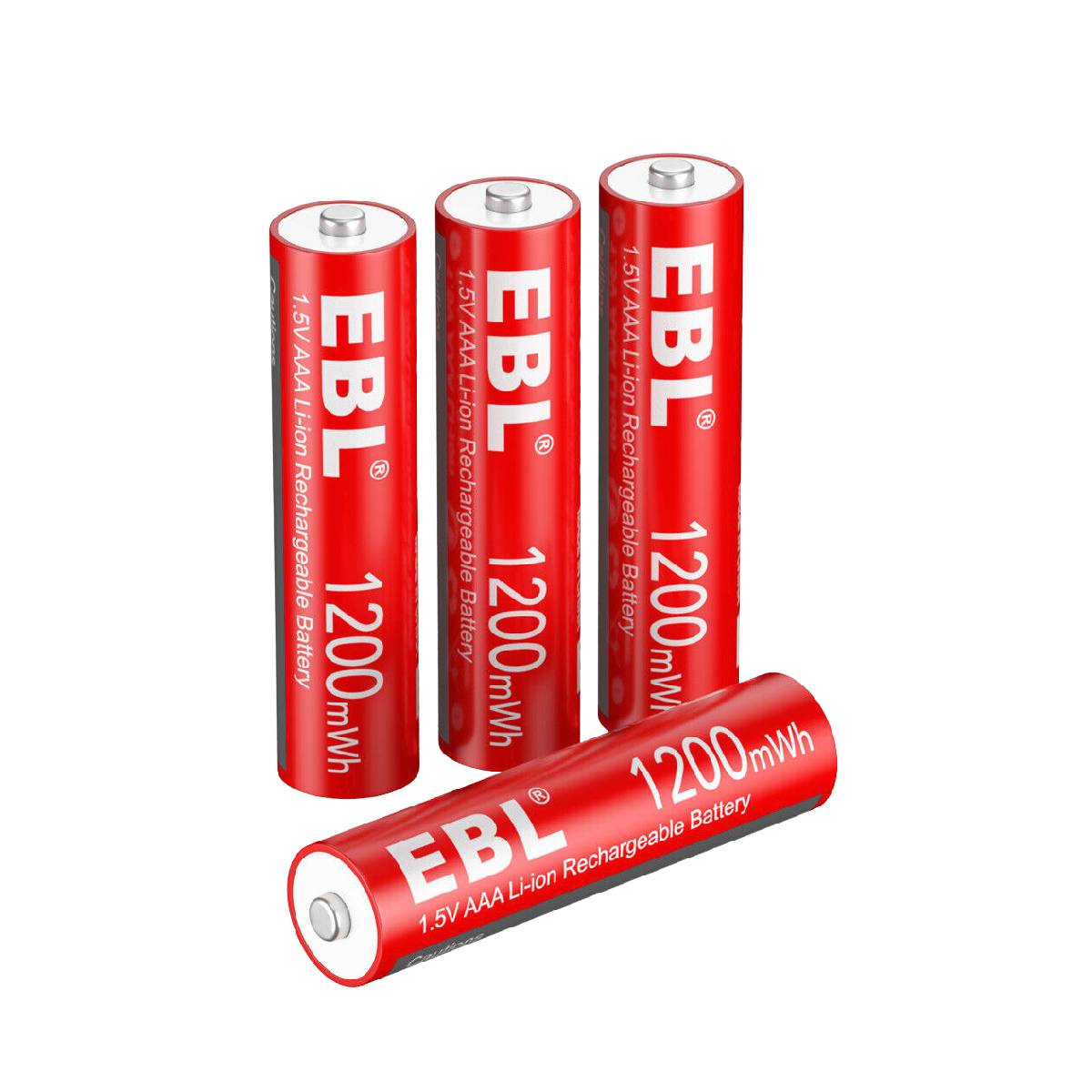
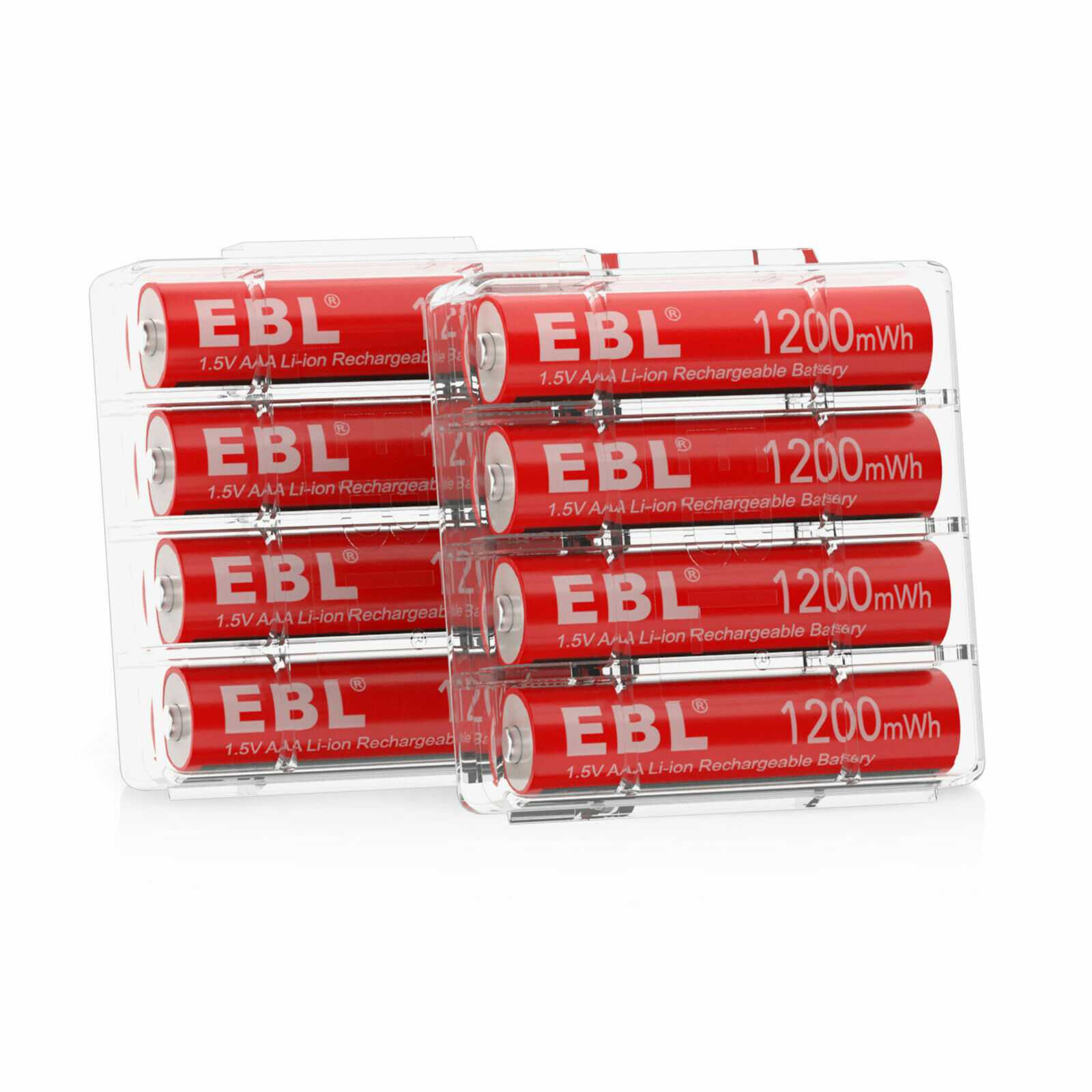
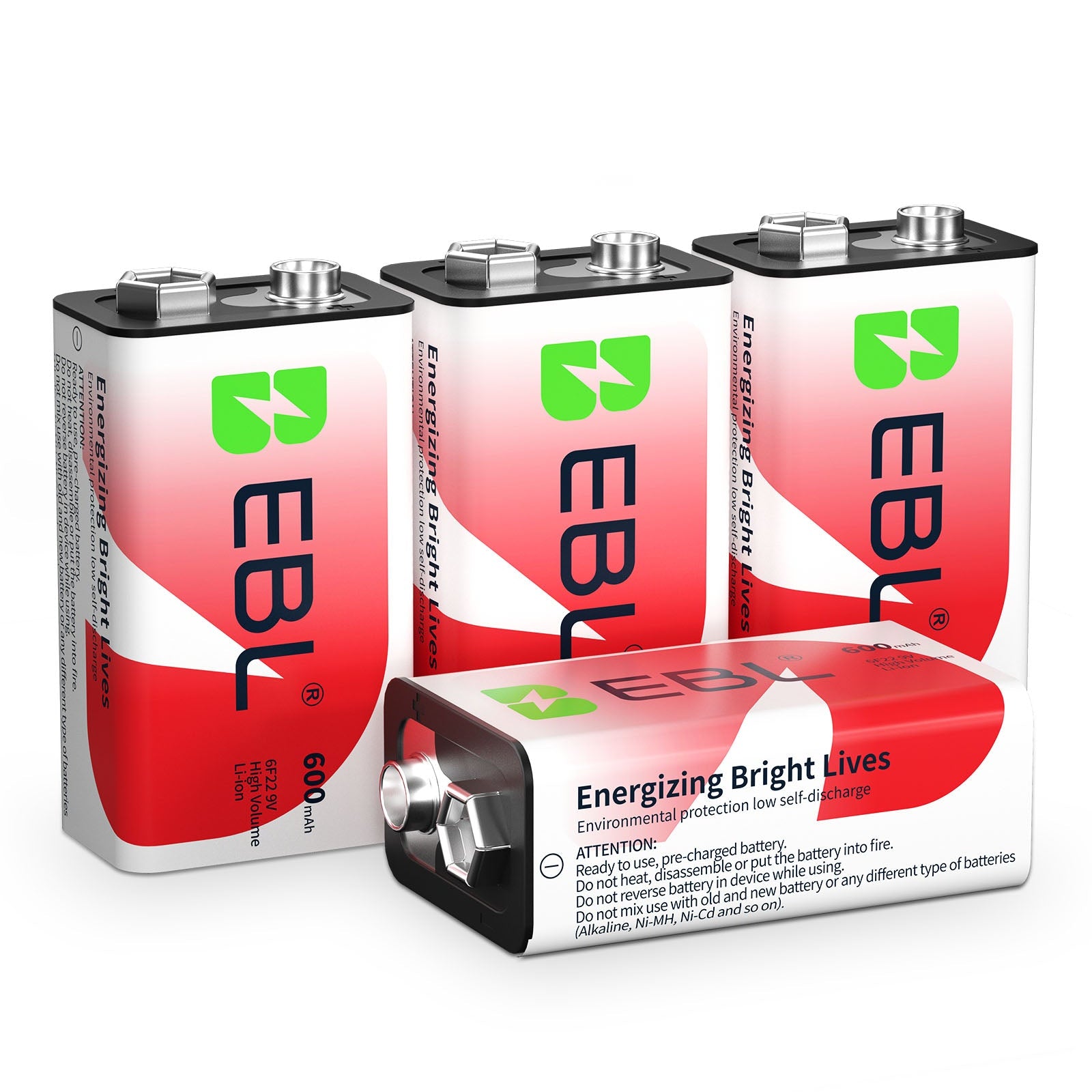
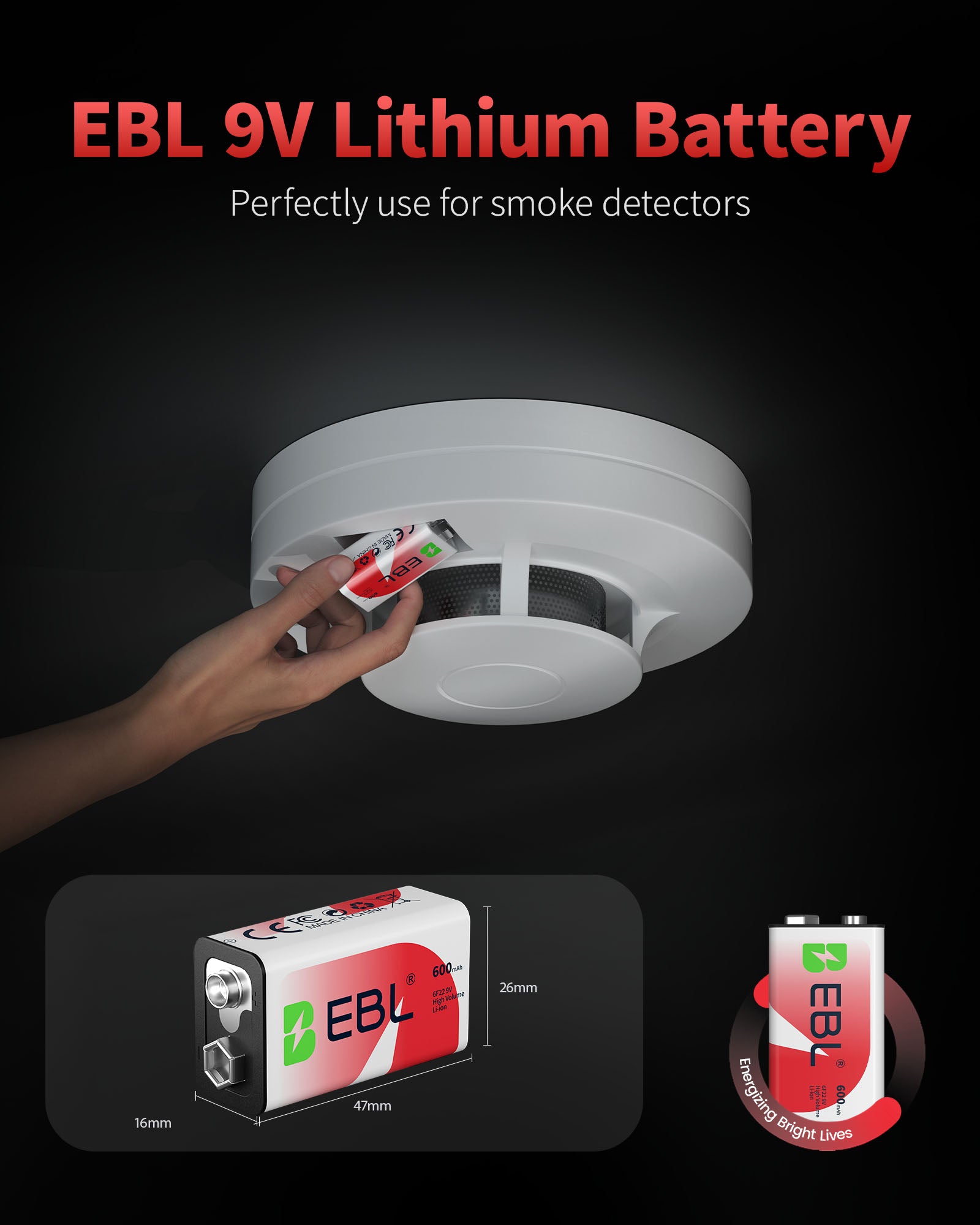
2 comments
Battery Guy
I am also looking for AAA Ni-Zn batteries. I cannot find any from EBL anywhere online, even though the EBL 8-port charger that came with my AA Ni-Zn batteries supports AAA as well.
James
two questions:
1. Do you carry the Ni-Zn in the AAA size?(having trouble finding any online)
2. do you have a 4 slot Ni-Zn charger? (saw the 8-slot charger online with AA and bought it, but would like AAA offer with 4 slot charger. need something smaller for travel)
Leave a comment
All comments are moderated before being published.
This site is protected by hCaptcha and the hCaptcha Privacy Policy and Terms of Service apply.